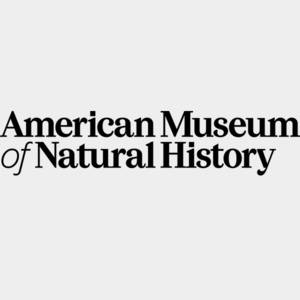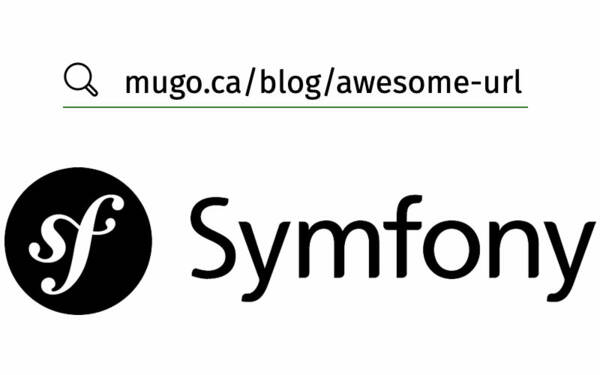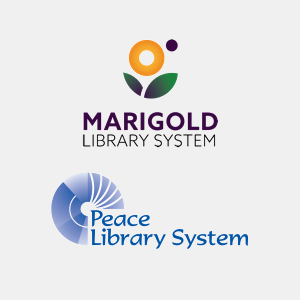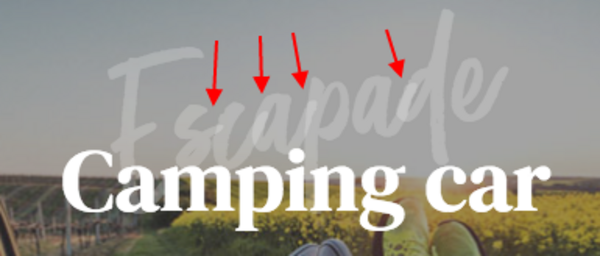
If you use Moneris for payment processing, its Hosted Payment Page with data preload increases security, reduces fraud, and ultimately saves the merchant money by reducing chargeback fees incurred by fraudulent card testing.

Mugo partner since 2011
The American Museum of Natural History is a cultural icon with an award-winning digital presence.

Deciding to develop your website to conform to the Web Content Accessibility Guidelines (WCAG, pronounced “wickag”) is a positive move that will allow more visitors to consume your content and will help meet impending legal requirements. But how do you get started? What steps do you need to take to make your site more accessible and ensure it stays accessible?
We here at Mugo have helped many teams navigate the website accessibility process. The following outline can help you navigate the process.

When working with Symfony applications, the routing component is key to mapping your website URLs to custom PHP code in controllers. In this post, we explain how to define URL routes and how to use match conditions.

Recently, we built a platform running more than 80 websites on eZ Publish / eZ Platform. New sites would get added to this platform over time, so we needed to automate its ongoing maintenance, including automated SSL certificate renewals.

The Rich Text field is one of the most powerful fields in eZ Platform. It enables editors to format content using headers, paragraphs, bold, italic, and much more. It is natively included when you edit content in the eZ Platform Admin UI. Sometimes, however, you need to add editing capabilities to custom pages outside of the standard editing experience. Here’s how to enable editing Rich Text field content on any custom page on your website.

Librarians who can easily manage the content and pages on their websites say they are happy with the overall usefulness of their sites. Unfortunately, most librarians report they have yet to adopt modern web publishing tools that help make these benefits a reality.

Certain fonts feature glyphs that intentionally overlap.
This largely applies to "brush" or "script" type fonts where the overlap is intentional to achieve the effect of connected letters. Using a web font like that becomes a problem as soon as you try to apply opacity to text using the font.
As traditional online ad platforms become less profitable, publishers are turning to native advertising as a high-value alternative.
Letting site visitors know that you have exciting events coming up is just the first step in building attendance and audience engagement. You also need to make it easy for guests to register for those events, and your team needs flexible management tools that help you keep all those dates, attendees and waiting lists organized.
One of the more powerful features of eZ Platform is its ability to serve multiple sites from a single database and instance of the CMS, while allowing local managers enormous flexibility in how they manage the appearance and content of each site instance.